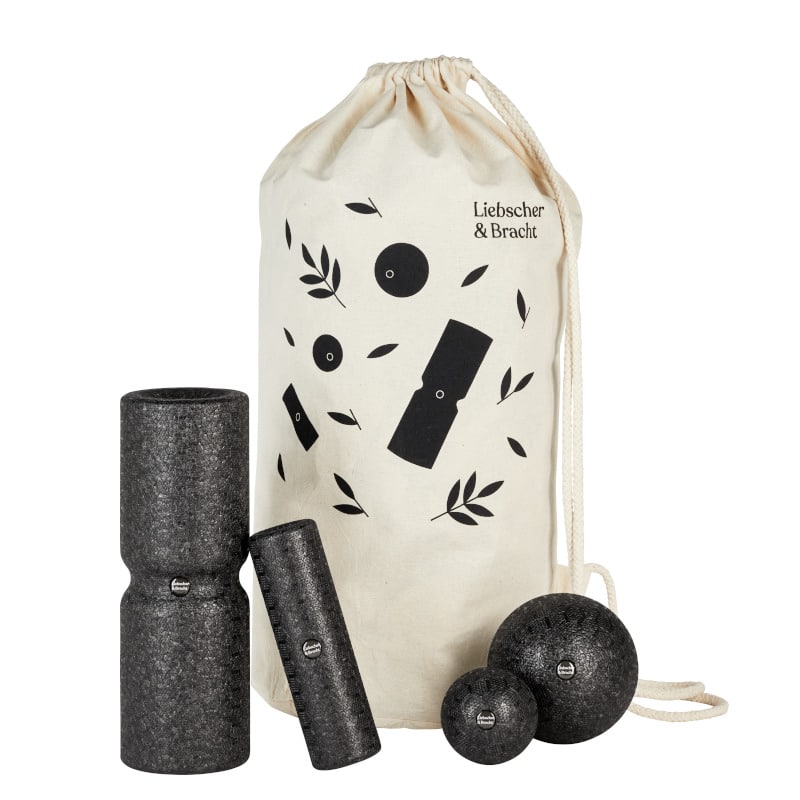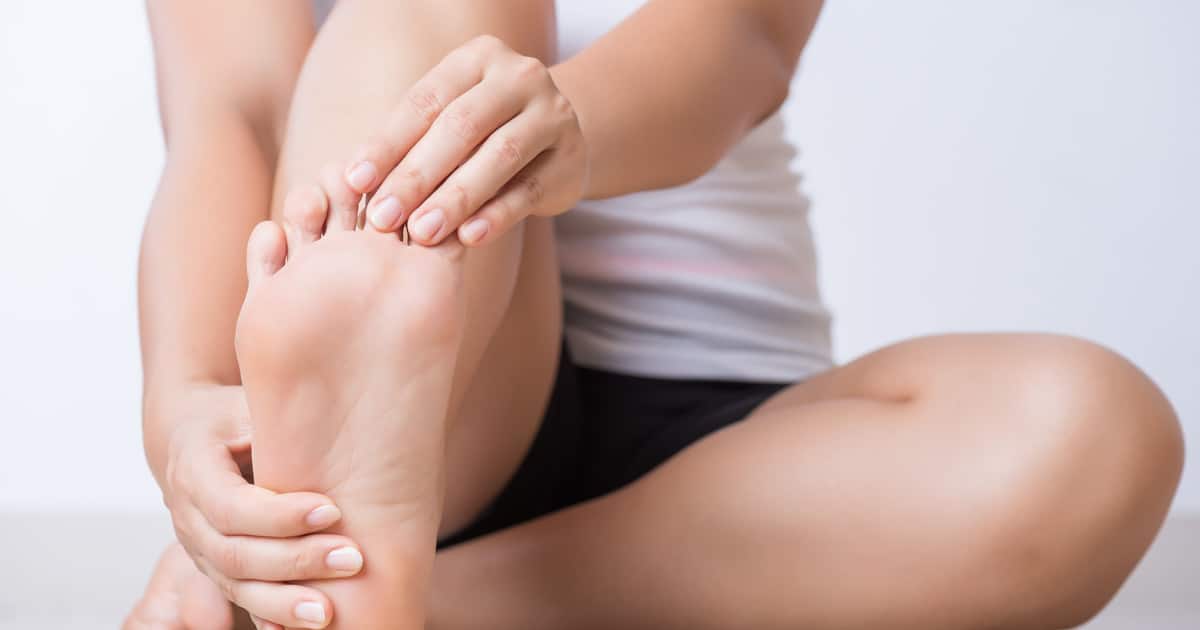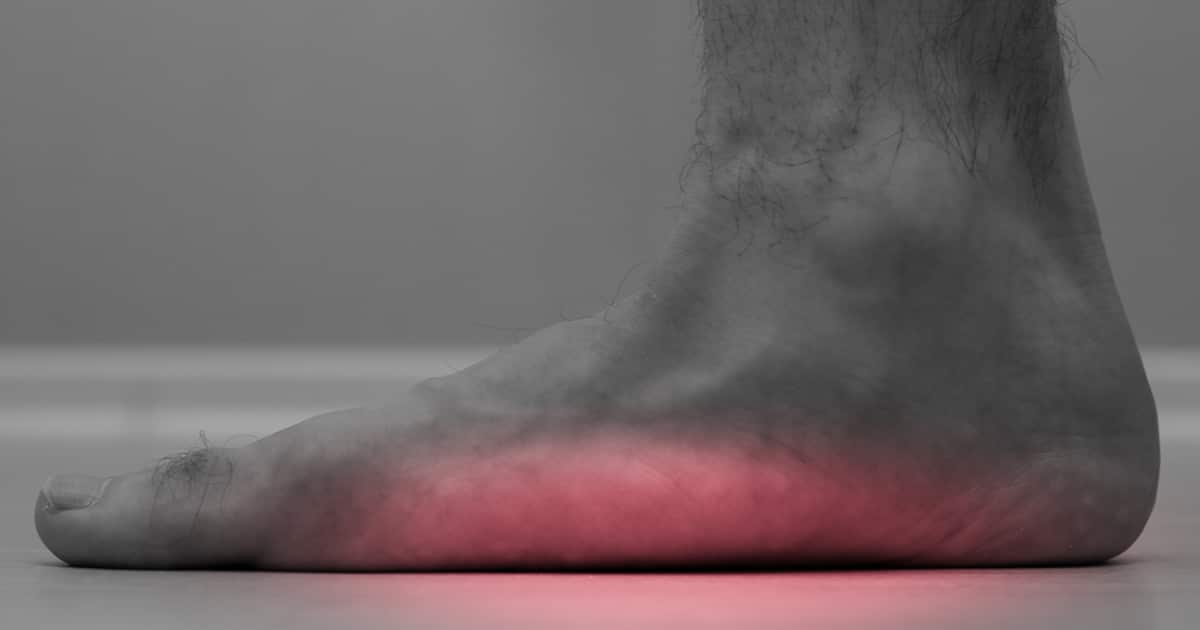6-Minute Hallux Rigidus Exercises That’ll Put You Back in Step
The term hallux rigidus is used to describe osteoarthritis of the first metatarsophalangeal joint 1), which connects your big toe to your foot. Hallux rigidus is Latin for “stiff big toe,” but it sounds and feels like a witch’s curse. The condition can make the simple act of walking difficult and painful.
If your big toe hurts when you move, it has become so stiff it doesn’t move at all, or the surrounding area is red or swollen, you may have hallux rigidus.
The most common cause of hallux rigidus is wear and tear to the big toe joint. Other causes include genetics, sunken arches, ankles that roll in, and injuries to the foot.
Let’s lift the curse. Our 6-minute exercises for hallux rigidus can relieve your big toe pain and may help improve joint mobility. Check out our video below or scroll down to get step-by-step instructions. All you need is our Mini Massage Ball and a chair. While you’re exercising, your toes may crack. Don’t worry; this is normal.
Buy Your Mini Massage Ball
If you’d like to buy a Mini Massage Ball, visit our online shop. We’ve got lots of pain-relieving tools and products waiting to be added to your cart.
Take me to the shop.stretching exercises
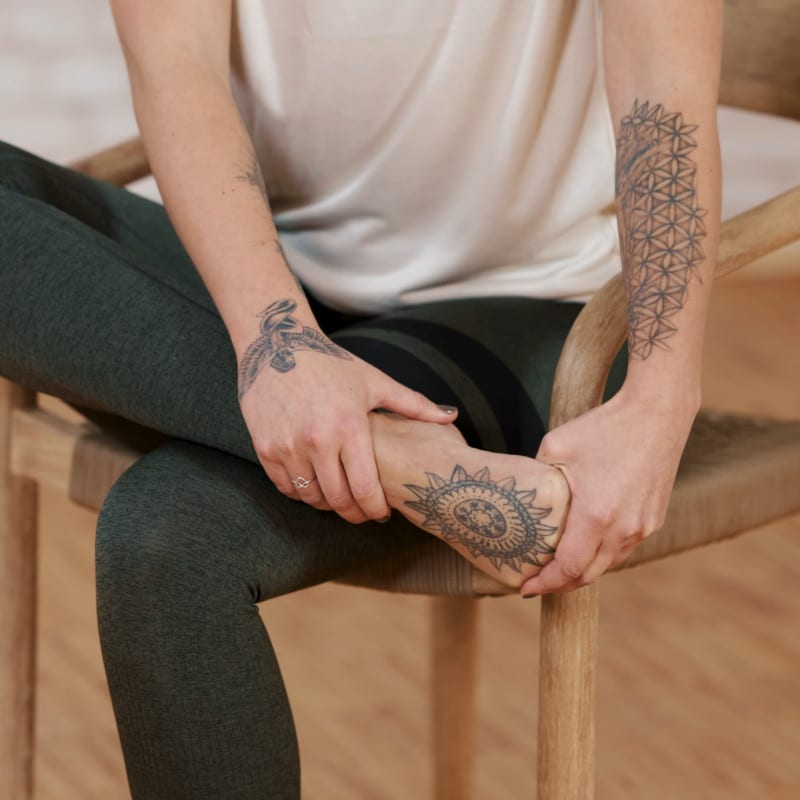
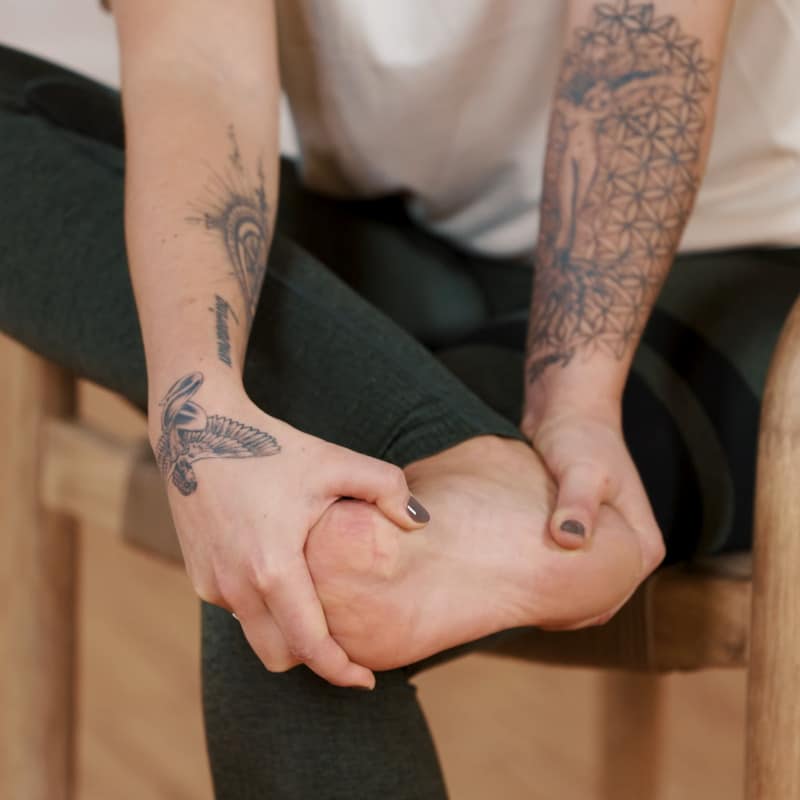
Hallux Flexion & Extension
- Sit at the edge of a chair and place your affected foot on top of your knee.
- Grab your toes and gently pull them towards your heel.
To stretch correctly, maintain a straight line from your shin to your toes. Be careful not to pull your foot upwards.
- You’ll feel a stretch at the base of your toes.
- Pull to intensify. The stretch should be intense but shouldn’t cross your pain threshold.
- Hold for 2 minutes.
- Let go of your foot, straighten your leg and wiggle your toes.
- Return your foot to the top of your knee.
- With one hand, hold your heel in place. With the other hand, reach under your toes and pull them back.
- Keep your foot straight, careful not to bend it up or down.
- You’ll feel a stretch in the ball of your foot.
- Keep pulling your toes back to intensify the stretch.
- Hold for 2 minutes.
- Release and wiggle your toes or make circles with your foot.
- Repeat on the other foot if necessary.
Foam Roll Massage
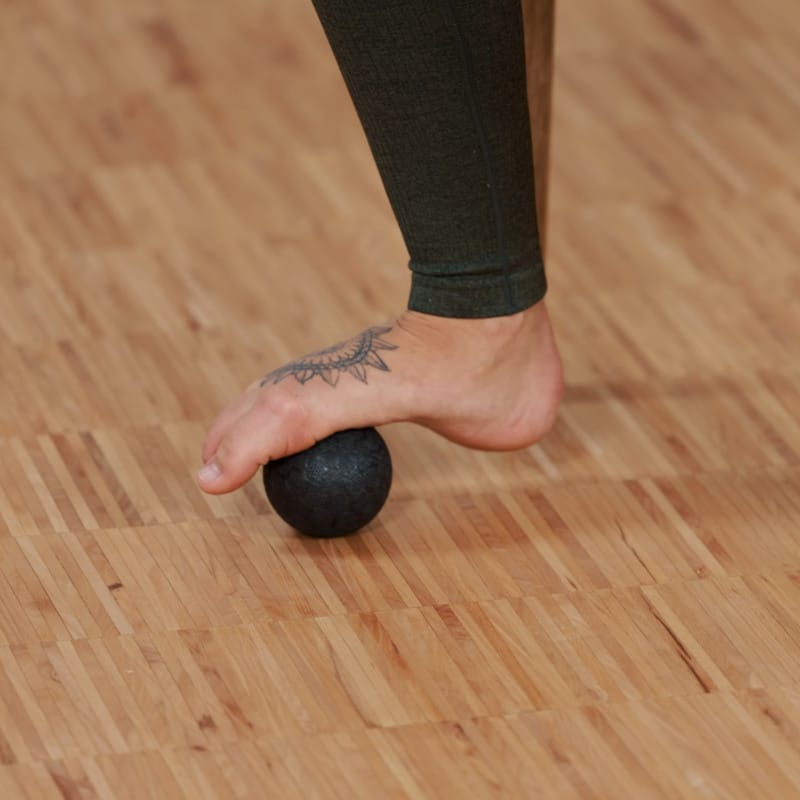
Sole Foam Roll Massage
- Place the ball of your foot on top of the Mini Massage Ball. Move the ball so that it’s under your big toe.
- Make small circular motions along the inside edge of your foot, rolling in the direction of your heel.
- When you reach a sensitive spot, increase the pressure and massage the area until you feel the tension release.
- Continue rolling for about 1 minute. Stop when you reach your heel.
- Place the Mini Massage Ball under your second toe (a.k.a. your long toe) and repeat.
- Repeat the Sole Foam Roll Massage on the other foot if necessary.
Toe the Line
Perform our hallux rigidus exercises twice a day (once in the morning and once in the evening) six days a week until your pain subsides.
Our Tip to Walk Without the Wince
Choose footwear that your eyes and feet like. The shoes or sneakers you wear should be comfortable, supportive, and leave enough room for the natural movement of your feet as you walk or run.
Sources & Studies
- ↑1 Götz, J., Grifka, J., & Handel, M. - 2011. Hallux rigidus - Hallux rigidus-. Der Orthopade, 40 - 9, 819–834. https://doi.org/10.1007/s00132-011-1815-5.
Get More Exercises and Tips Against Hallux Rigidus
Download our FREE PDF guide featuring 6 home treatment exercises for Hallux Rigidus.

If you have a hallux rigidus, you might be interested in the following topics:
Why Does My Foot Hurt?
Discover how to identify which foot condition you have, learn all about the causes and symptoms, and find out which of our exercise routines is best to manage your foot pain.
Learn About & Manage Foot PainStretches for High-Performing Feet
Our feet are a high-performing team. But with all the wear and tear, aches, cramps, and inflammation are common. These stretches help keep your feet at the top of their game.
Relieve Foot Aches & Pains NowFlat Feet Exercises
If your feet ache frequently, tire quickly, or are prone to swelling because of fallen or sunken arches, we’ve got you covered. Our 8-minute flat feet routine can help strengthen your arches and defeet foot pain.
Strengthen Your Foot Arches Now


